Media singles out signals in accident aftermath
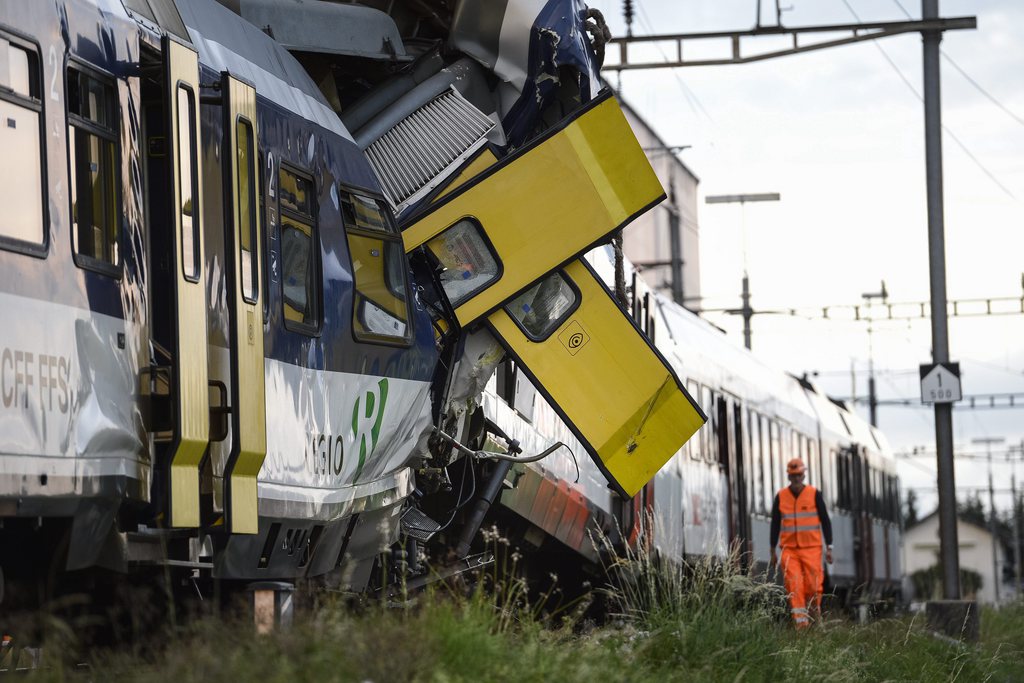
Following the worst Swiss rail crash in a decade, the country’s media has focused on the antiquated signalling system where the trains collided. Some say it’s more bad luck in a bad year, but others say improvements must be made.
“It’s a catastrophic year for the Federal Railways,” declares the Blick tabloid, blaring the question “are the railways still safe?” across its front page.
One person was killed and 35 others were injured when two regional trains collided head-on in western Switzerland on Monday.
An editorial by the transport correspondent of the prestigious Neue Zürcher Zeitung points out that the number 13 – as in the year 2013 – has proven unlucky for the railways, with a series of troublesome delays in high-traffic areas and half a dozen significant accidents.
“One must analyse these accidents to see whether a common cause can be identified,” the NZZ pointed out, going on to hypothesise that outliers like high traffic situations or old signalling systems in a handful of places could have “psychological effects” on train operators.
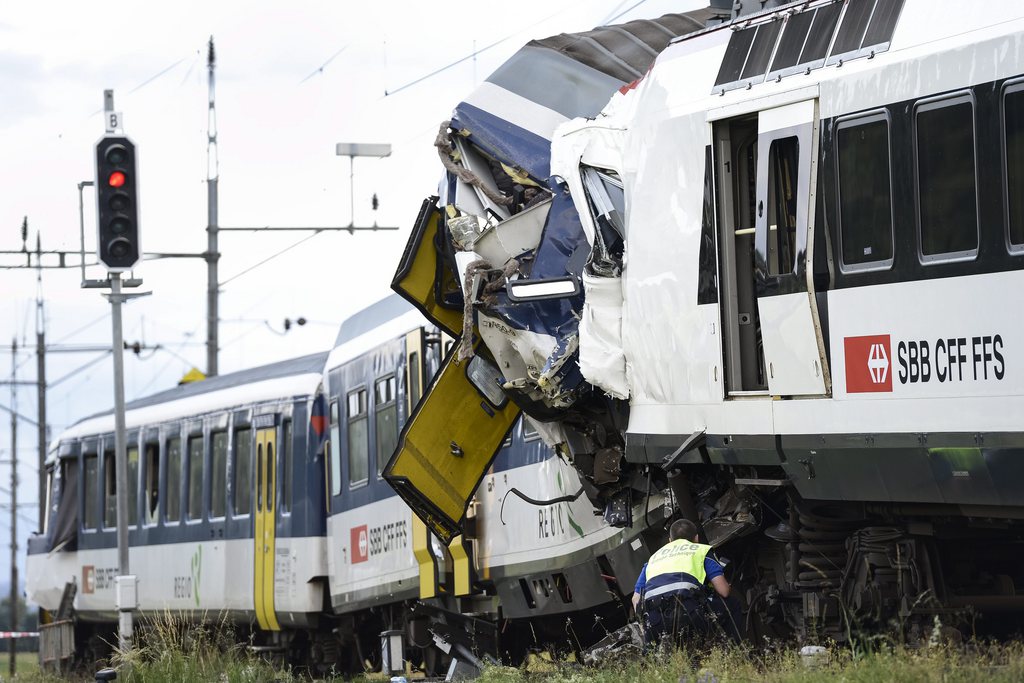
More
Driver error suspected in train crash
Suspect signalling
Indeed, the spot near the village of Granges-près-Marnand where the trains collided Monday was using the oldest of several signalling systems currently in place across the country, which both the German-language Tages-Anzeiger and the French-language Tribune de Geneve newspapers chose to focus on.
“The problem sounds easy: two trains cannot be on the same track at the same time,” points out the Tages-Anzeiger. “In the early years, the solution was easy: a key that train conductors checked out and back in to be able to use the stretch of track.”
Eventually, a system called Signum was put in place which activates an emergency brake if a signal is ignored. This was being used on the stretch of track between Yverdon and Lausanne, but it has one flaw: the brake is only activated after the train has passed the signal, in this case after it had entered the single-track area.
“The signal system at Granges-près-Marnand is antiquated,” Olivier Barraud of the transport union told the Tribune de Genève. Phillippe Gauderon, head of infrastructure for the Federal Railways, told the Tribune that the system on that stretch of track was slated to be upgraded by 2020.
In many places throughout Switzerland, Signum has already been replaced by a newer version, which anticipates the blown signal and stops trains before they get into the danger zone. Eventually, the entire signal network will be replaced by a system called ECTS2 (European Train Control System) which constantly tracks a train’s position and speed. Currently, that system is only being used in a select few areas in Switzerland, such as in the Lötschberg and Gotthard tunnels.
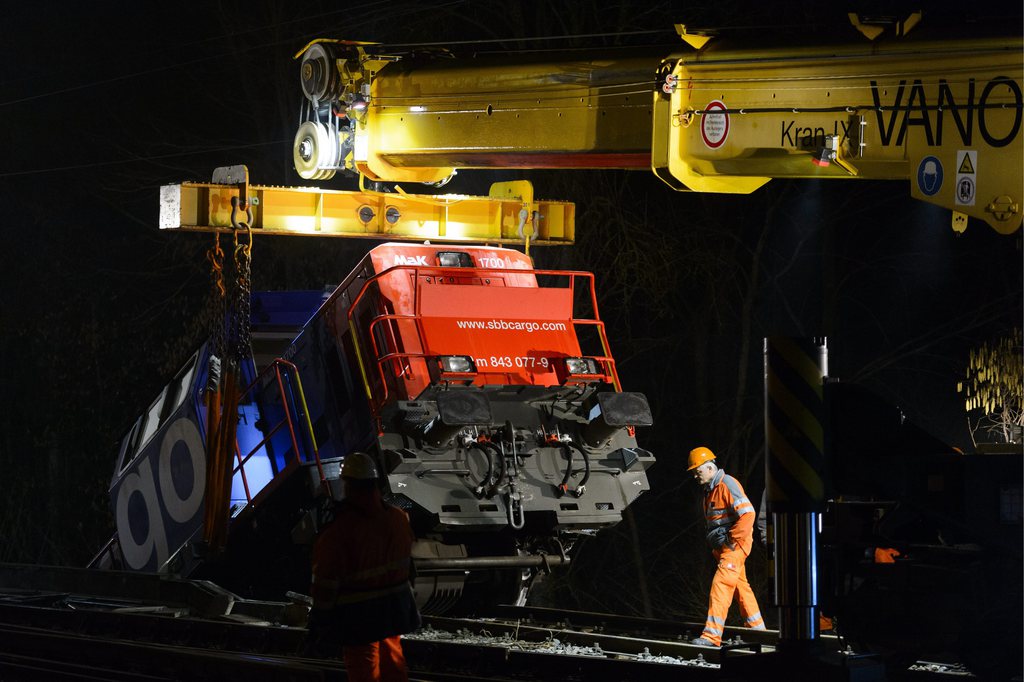
More
Swiss rail accidents raise safety questions
Analysts divided over fallout
Railway expert Walter von Adrian told the Tages-Anzeiger that replacing all of the old Signum signals with the newer system would be doable, “at a cost of maybe CHF100 million to CHF200 million [$108 million to $215 million].”
Although the Federal Railways and the Swiss government have already agreed to invest CHF50 million between 2013 and 2017 to improve the safety of the signalling system, moving everything over to the high-tech ECTS2 system would take a decade and an investment of CHF2 billion, according to the NZZ.
The head of the Federal Railways, Andreas Meyer, told journalists at a press conference that it’s all a question of how much the government is willing to invest in a safer system.
Meyer also defended the railways’ safety record and noted that “sadly, risk in the train business will never be reduced to zero.” When a Chinese journalist asked whether her country should re-think its belief that Switzerland stands for precision and security, the railways chief insisted vehemently, “we don’t have a security problem!”
But, though Swiss Train Association Vice President Manuel Avallone told the Blick that he agrees the risk will never be eliminated, he sees it rising with demand.
“More and more is always being demanded, even as more pressure is being put on the system.”
For his part, Peter Bieri, Senator and head of the Public Transport Information Service, is still confident in the system.
“The railways are doing their job well,” he told the Blick. “There will always be phases with more accidents.”

In compliance with the JTI standards
More: SWI swissinfo.ch certified by the Journalism Trust Initiative

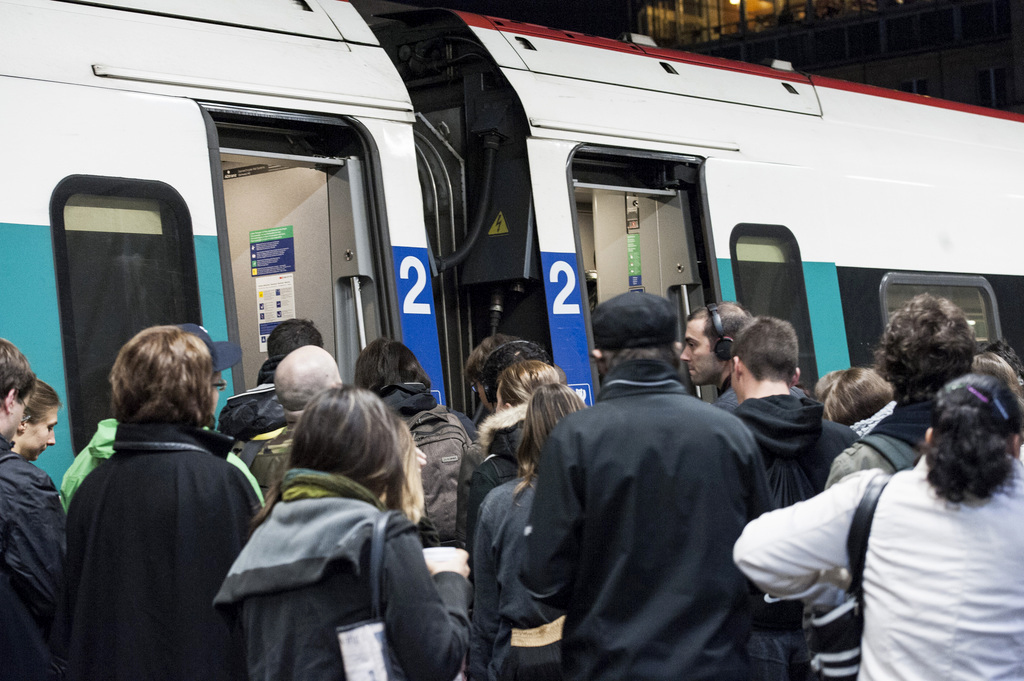
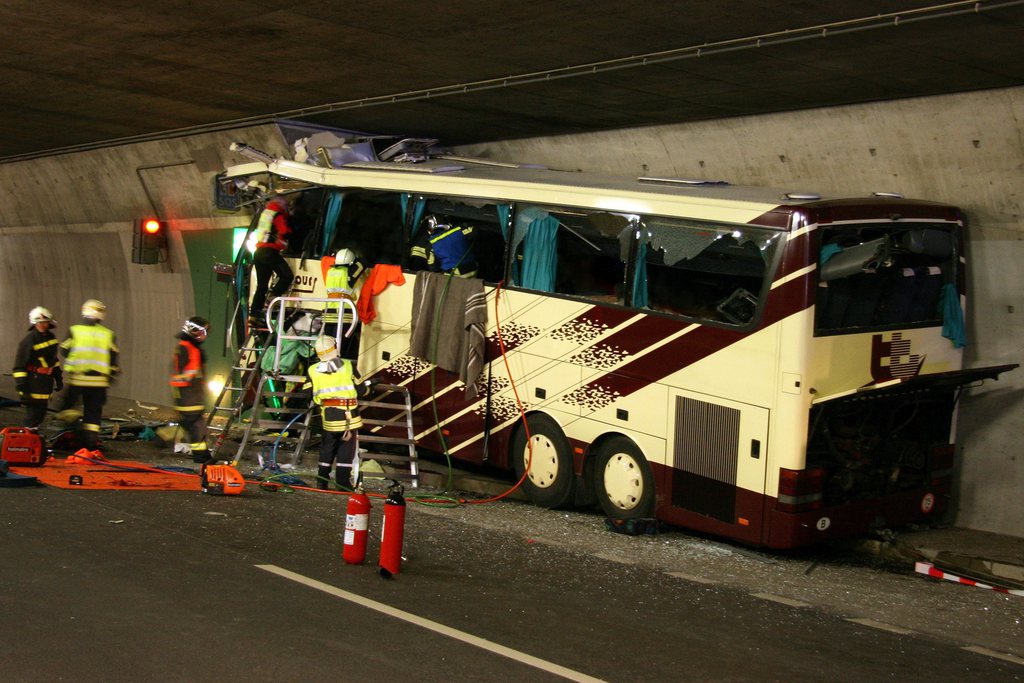
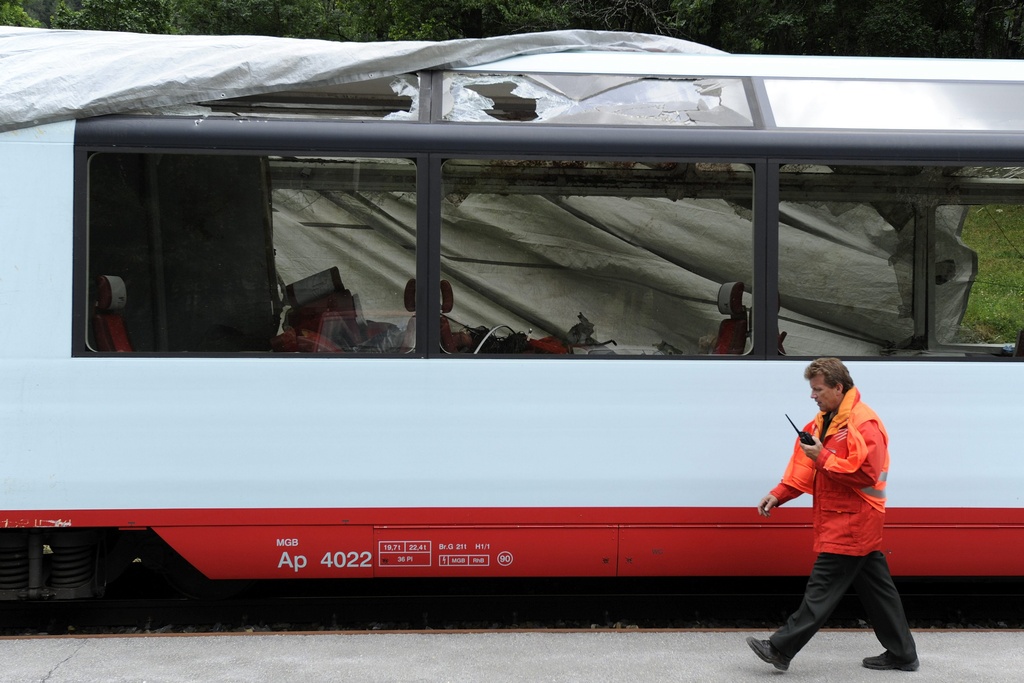
You can find an overview of ongoing debates with our journalists here. Please join us!
If you want to start a conversation about a topic raised in this article or want to report factual errors, email us at english@swissinfo.ch.